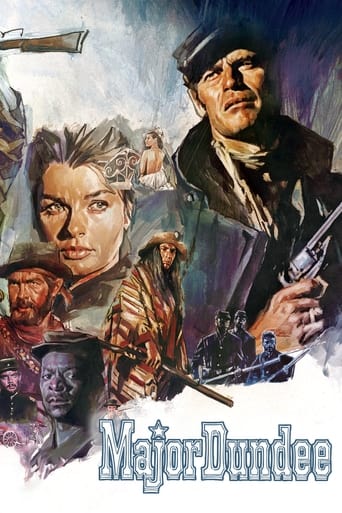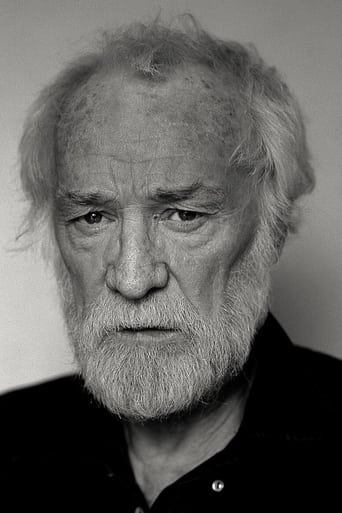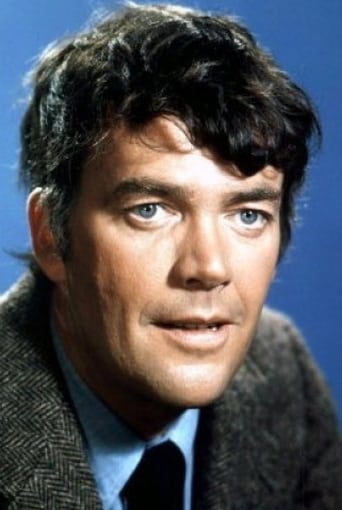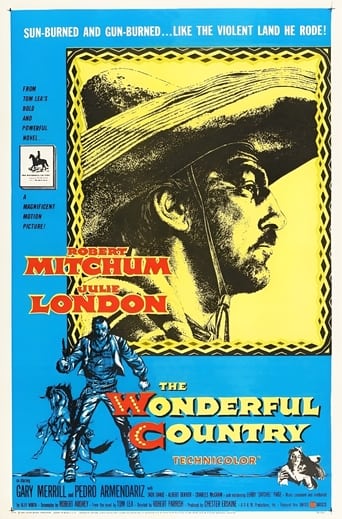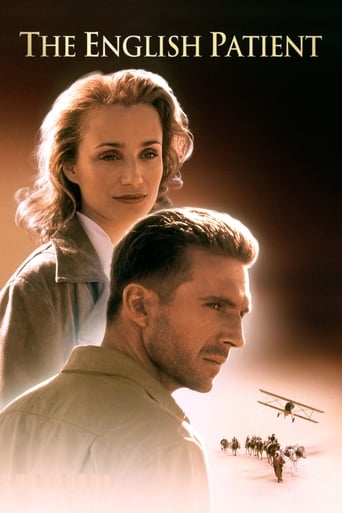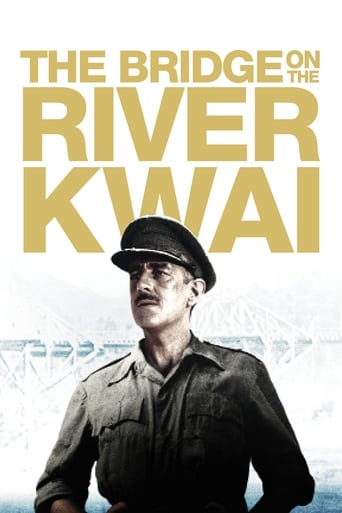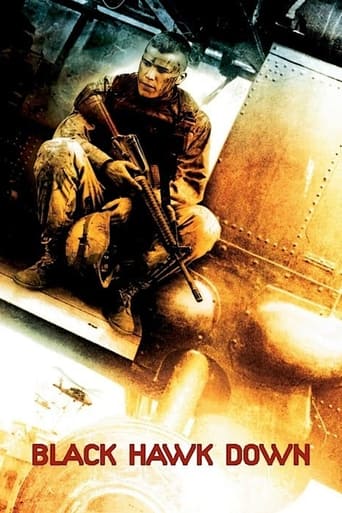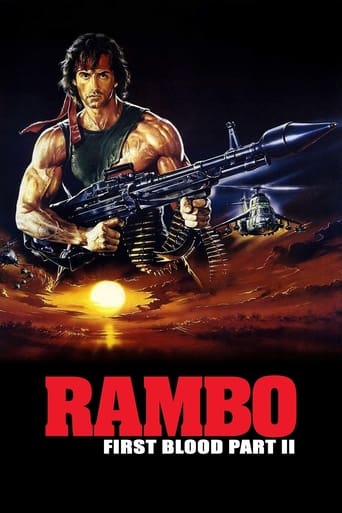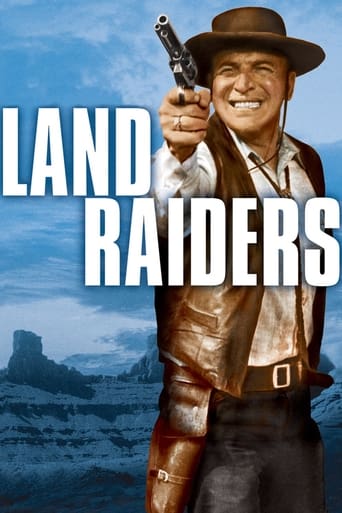Major Dundee (1965)
During the last winter of the Civil War, cavalry officer Amos Dundee leads a contentious troop of Army regulars, Confederate prisoners and scouts on an expedition into Mexico to destroy a band of Apaches who have been raiding U.S. bases in Texas.
Watch Trailer
Cast
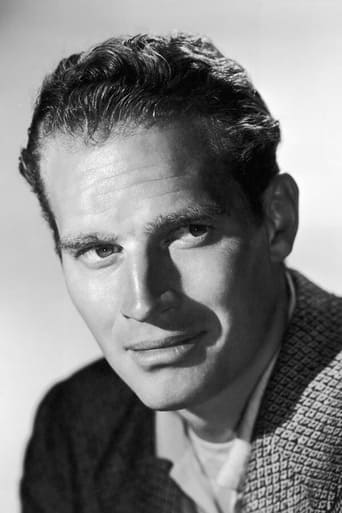
Similar titles

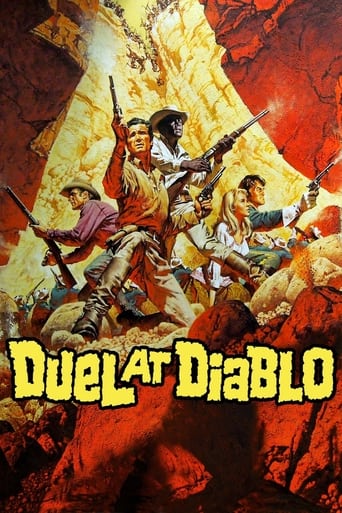
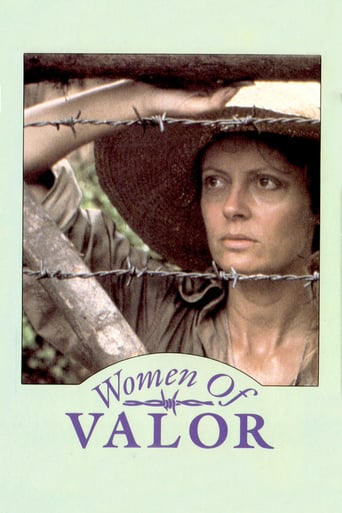
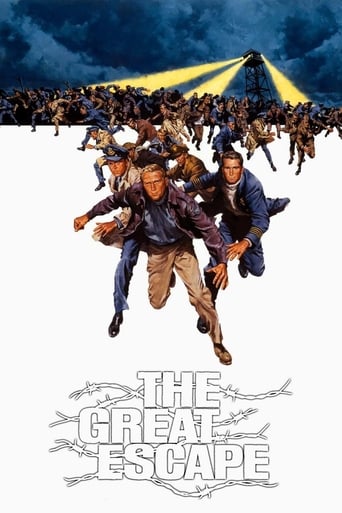
Reviews
Very very predictable, including the post credit scene !!!
The acting in this movie is really good.
Although I seem to have had higher expectations than I thought, the movie is super entertaining.
The film's masterful storytelling did its job. The message was clear. No need to overdo.
They stumble onto the remains of a village in which curvy Berger is tending to the sick and dying. Needless to say, she sparks the interest of both Heston and Harris, only adding to their enmity. Eventually, the motley band of soldiers finds itself hunting Apaches while being hunted by French soldiers who are occupying Mexico. This escalates into an almost impossible situation when Heston's group reaches a river with the enemy both in front of and behind him. All the elements for a grand-scale, epic story are in place, but it falls short of excellence because of the problems in the editing room. Heston is great as the damaged, but heroic Major. Harris, though oddly cast and sporting that goofy blue eyeshadow he favored in the 60's, is also strong and the two make great adversaries. Coburn's role is smaller, but he gives it impact. Berger's role epitomizes the words decorative and obligatory, but she is luminous, especially when she isn't continuously yanking on her shawl (which happens VERY often!) The cast is chock full of excellent actors who enhanced many western films and television series. Oates has a nice turn as a Confederate who tests Heston's mettle (though he is referred to many times as a boy and was 37 years old!) Anderson is very endearing as a young bugler who becomes a man during the conflict. (Palacios, who plays his love interest, married director Peckinpah after this.) The primary problems seem to come in the mid to late section of the film when many things happen to the characters in swift succession and it's hard to completely gather their motivations and the timing of the actions. This section was clearly cut, haphazardly, and it weakens the narrative and the pace of the film. (Note Heston's sudden beard which appears out of nowhere.) Also, some of the battle sequences are edited so choppily that it's difficult to see who's being killed off! One must just assume, from whoever's left at the end, that the rest of the characters didn't make it. Still, the action scenes in the film are excitingly staged and the actors go a long way in putting the story across. Though it is rarely shown in widescreen, that format is a must for fully appreciating the camera-work and composition of the film. Heston, who admired (but tangled mightily with) Peckinpah, wound up making no money for his work as he put up his salary to help defray the cost overruns.
I grew up watching westerns, and saw this one every now and then on TV. Heston played one of my great heroes; a Federal Army Officer commanding a regiment squarely situated with Lincoln's United States, and under the command of General Ulysses S. Grant. He is out in the west, has men of honor under his command, save for the occasional horse thief and rebel.It's a tale of obsession. With Melville as the inspiration and Peckinpah helming the project, how could it go wrong?Well, as the historians on the commentary track reminded me, market forces were at work back at the studio. And so it was that what could have been a historic film about tracking down an Apache war-band, was turned into an overlong film involving a love interest and Imperial French guards.Oh boy.For the most part it's exceptionally staged. The only foible is the story itself. The main plot gets resolved in act two, and so the story falters there. The story also meanders with the love interest, and what started out as a plot driven story regarding justice and revenge in the never-ending struggle between the natives and the white-man, turns into an elongated adventure regarding the life and times of Major Amos Charles Dundee. Instead of a Melville like tale, we get a brief chronology of an army officer as went to resolve one issue, but stirred up others in the process. Huh.So, can we castigate it as a bad film? It's a tough call. I think it's better to say that the film started out on an almost misleading note, but promised on the title; a film about Major Dundee. We get the sense that the film is going to stay on one topic, one plot, one story, but winds up embracing a ton of others.For all that there is a lot of symbolism and deep stuff operating here. We examine Dundee's command decisions and his command detachment to pursue a single minded goal. Note Harris's change in shirts as Heston's character flirts with debauchery. Note the change in landscape as Heston and his forces pursue their goal. Note the uniforms and comment on contemporary social upheavals of the time (as was noted on the commentary track, but yes, I spotted it before it was pointed out).That's not all, there's also a coming of age tale here, as well as a romance (however retrofitted, and I'll go ahead and say it, I don't care how beautiful the Austrian actress is, and she is stunning, her role and tale do not belong).All in all it is an entertaining tale, and the ever sly mind might see the climatic finale as Peckinpah's comment on what power got us embroiled in conflicts involving US forces fighting native contingents. Ring any bells? That could be reading too much into it, but based on what I know about the director, I don't find it too far off the mark.It's almost an ingenious film. It's almost a classic. One could even call it a flawed classic. View it for what it's worth. If it seems somewhat odd, then keep what I told you in mind.
Major Dundee leads a group to Mexico to destroy a band of Apaches.His group contains of Army regulars, Confederate prisoners and Indian scouts.The prisoners' group is led by Benjamin Tyreen, Dundee's former friend and rival.Major Dundee from 1965 is a Sam Peckinpah movie.This is not the best of the director.But the actors do all great work.Charlton Heston plays the part of Major Amos Dundee.Richard Harris is Captain Benjamin Tyreen.Jim Hutton portrays Lieutenant Graham.James Coburn does the role of Samuel Potts.Michael Anderson Jr. is Trooper Tim Ryan.Senta Berger plays the part of Teresa Santiago.Brock Peters plays Aesop.The western guy Ben Johnson portrays Sergeant Chillum.Then there are some of the Peckinpah regulars, with Warren Oates playing O.W. Hadley, R.G. Armstrong playing Reverend Dahlstrom and L.Q. Jones playing Arthur Hadley.Slim Pickens is Wiley who likes the booze.Dub Taylor plays Benjamin Priam.Although not the finest of Peckinpah, the movie has its moments.Like the scene where Dundee is wounded by an Indian arrow after taking a swim with Teresa.And the friction between Dundee and Tyreen is captivating to watch.All the Peckinpah fans should get a kick out of this movie.
The 1960s were surely the weirdest era in Hollywood history. Never was there a sharper division between up-and-coming youngsters and grizzled traditionalists. It was strange enough to see the new and the old side by side on theatre posters or list of award nominees, much stranger still to see the disparate influences mixing together in the one picture. The Western, by now an unfashionable genre in any case, was going through a revisionist anti-establishment phase, but the conventions of this most American of genres were dying hard.At first glance Major Dundee could be something out of the 50s. It's one of the last Westerns in which the Indians are unequivocally the bad guys, and the whole thing is packaged like one of the old classics, with a handsome lead man, an obligatory (but somewhat limp) love angle, blazing Technicolor, and even an upbeat theme song with a rather corny Ned Washington lyric. The flick was penned by TV writer Harry Julian Fink and B-movie hack Oscar Saul, so not the most prestigious duo but consider that this was one of the biggest breaks either ever had. It seems that on some level they are trying to be a bit more revisionist and edgy, most likely with input from director Sam Peckinpah, who had some hand in the screenplay, although I doubt it was a decisive one. The title character is a sort of unfeeling cynic who places military protocol above all else, and the rivalries between his men are beefed up into the real conflict of the story. But this is not quite so provocative as it sounds. Western anti-heroes had been popular for some time now, and Dundee is not that different from Frank S. Nugent creations like Colonel Thursby (Fort Apache, 1948) and Ethan Edwards (The Searchers, 1956).Behind the camera, Peckinpah stands out as a would-be maverick surrounded by a regularly professional crew. In particular the balletic editing patterns he would later be known for are nowhere to be seen. Still, you can see his thoughts are leaning that direction. He makes most shots a unit, a frame for one actor or action, which necessitates a complex editing pattern regardless of the editor's personal take on it. Violence is sudden, chaotic and, like a Michael Curtiz battle sequence, composed of eye-catching little snippets of action. We also see a lot of the judicious god shots – that sense of cool detachment that characterises prime Peckinpah. And, whatever his contribution to the script it seems he aims to bring out the most cynical elements in the story on a visual level. He even portrays the West as a ravaged landscape, barren and spiky, filled with the ruins of Old Mexico – the only relics of medievalism in the New World.Standing tall amongst this landscape is a delightful rogues' gallery of a cast. This is the kind of role that really suits Charlton Heston. A bit like the guy he played in The Big Country, not actually bad but certainly obnoxious, yet still effortlessly attractive and charismatic. He has a body that makes lounging around look almost noble, and a face to which a sardonic glance is handsome. I'd much rather see him like this than faking it as some clean-cut good guy. Richard Harris gives his character a kind of melodramatic sense of self-importance, playing the kind of gentleman-cum-hell-raiser that he was in real life. But what one really remembers is that supporting cast of rugged uglies, with faces that match the wilderness. What's really great about guys like L.Q. Jones, Slim Pickens and Warren Oates is that they look totally authentic, to the point where it's even hard to think of them as actors. You just can't imagine them going back to a caravan to shower off the dust.In the end it is really these little touches – the motley cast, the impressive little proto-Peckinpah moments – that make Major Dundee worth watching. It does suffer from a lack of cohesion, and is certainly held back by that unshakeable studio Western look. Eventually the old time Western style would fade out completely, and we would at last get some pure and decently-made neo-Westerns, of which Peckinpah would be a champion. All the same it's sad to see the remnants of the classic Western looking so awkward and dated here, for they come from the genre's golden age, which no amount of revisionism or even nostalgic homage can hope to match.
